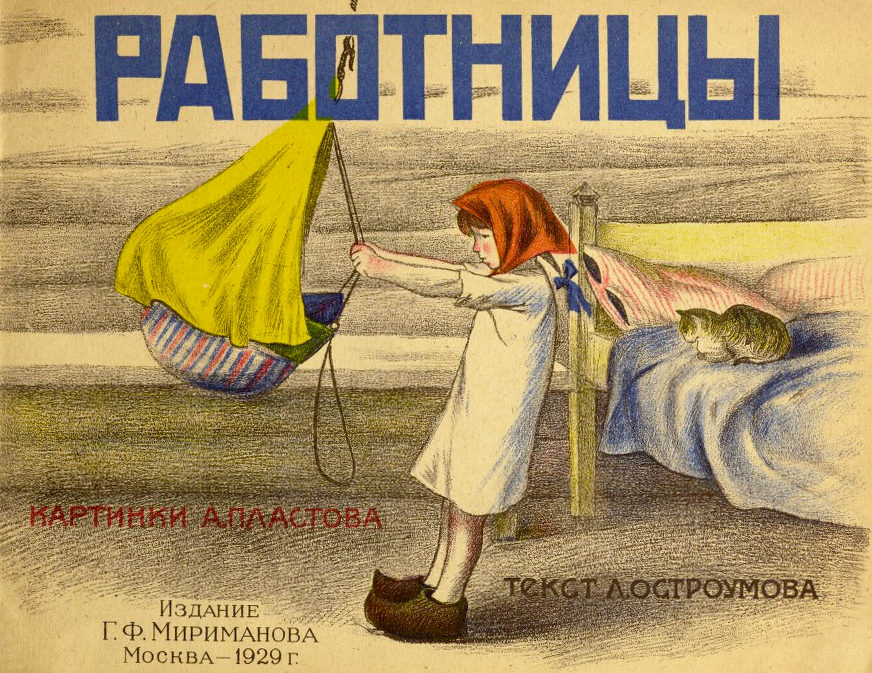 There were elements of the new Soviet culture of the early post-Revolutionary period that looked to the United States of America as a revolutionary forebear and an exemplar: a new state born of a defiant act of rebellion against an old monarchic European power. After the fledgling Soviet state itself, America was further advanced than any other country in the Marxist evolutionary progression from Feudalism to Communism, and, while ideologically still far behind the Soviets, was far ahead of them at the level of technology and industry.
There were elements of the new Soviet culture of the early post-Revolutionary period that looked to the United States of America as a revolutionary forebear and an exemplar: a new state born of a defiant act of rebellion against an old monarchic European power. After the fledgling Soviet state itself, America was further advanced than any other country in the Marxist evolutionary progression from Feudalism to Communism, and, while ideologically still far behind the Soviets, was far ahead of them at the level of technology and industry.
As elsewhere in the Soviet culture of the 1920’s, in illustrated books for young readers from this period there is an American iconography which represents a fantastic new world entirely the product of human ingenuity and force of will, a new world that seems almost to defy the physical and mechanical laws of the old world. This pictorial vocabulary emphasizes representations of the marvels of contemporary engineering which had become the defining features of the radically transformed environment of the new American urban landscape (e.g. skyscrapers, electrification on a mass scale, elevated railroads), as well as the American novelty of aviation. This contribution to the Symposium will examine ways in which pictorial and verbal ensembles in these books for children and other young readers combine an iconography of speed, upward momentum and dynamism with representations of the decadence, ideological perversity and exploitative brutality of American capitalism in a way which seems to preserve the political innocence of the former, and with that political innocence – the promise that the same kind of fantastic daring modern world can be built in a socially noble way in the new Soviet state.
This paper will also examine instances of a recurring motif in Soviet illus trated literature for young readers from the 1920’s – that of the American child, a representative of the youngest and most vigorous generation of this young and vigorous nation, who rejects the social, cultural and political decadence of his homeland and abandons the already built modern wonder-world of 20th century America in favor of the new new world of the Soviet state and the marvelous civilization that has yet to be constructed there.
trated literature for young readers from the 1920’s – that of the American child, a representative of the youngest and most vigorous generation of this young and vigorous nation, who rejects the social, cultural and political decadence of his homeland and abandons the already built modern wonder-world of 20th century America in favor of the new new world of the Soviet state and the marvelous civilization that has yet to be constructed there.
Sample subjects:
Lensaia, L. Dzhimmi Dzhoi v gosti k pioneram. Risunki B. Kustodieva. Leningrad : GIZ, 1925.
Pavlovich, N. Bol’shevik Tom. Risunki B. Kustodieva. Leningrad : Brokgauz-Efron, 1925.
Gastev, A. Iunost’ idi! Risunki O. Deĭneko, I. Shipnela, A. Makeevoi. Moskva : VTsSPS, 1923.
Bronnikov, G. Archbeki (gazetnye vorob’i). Risunki V. Tvardovskogo. Leningrad: Raduga, 1928.
